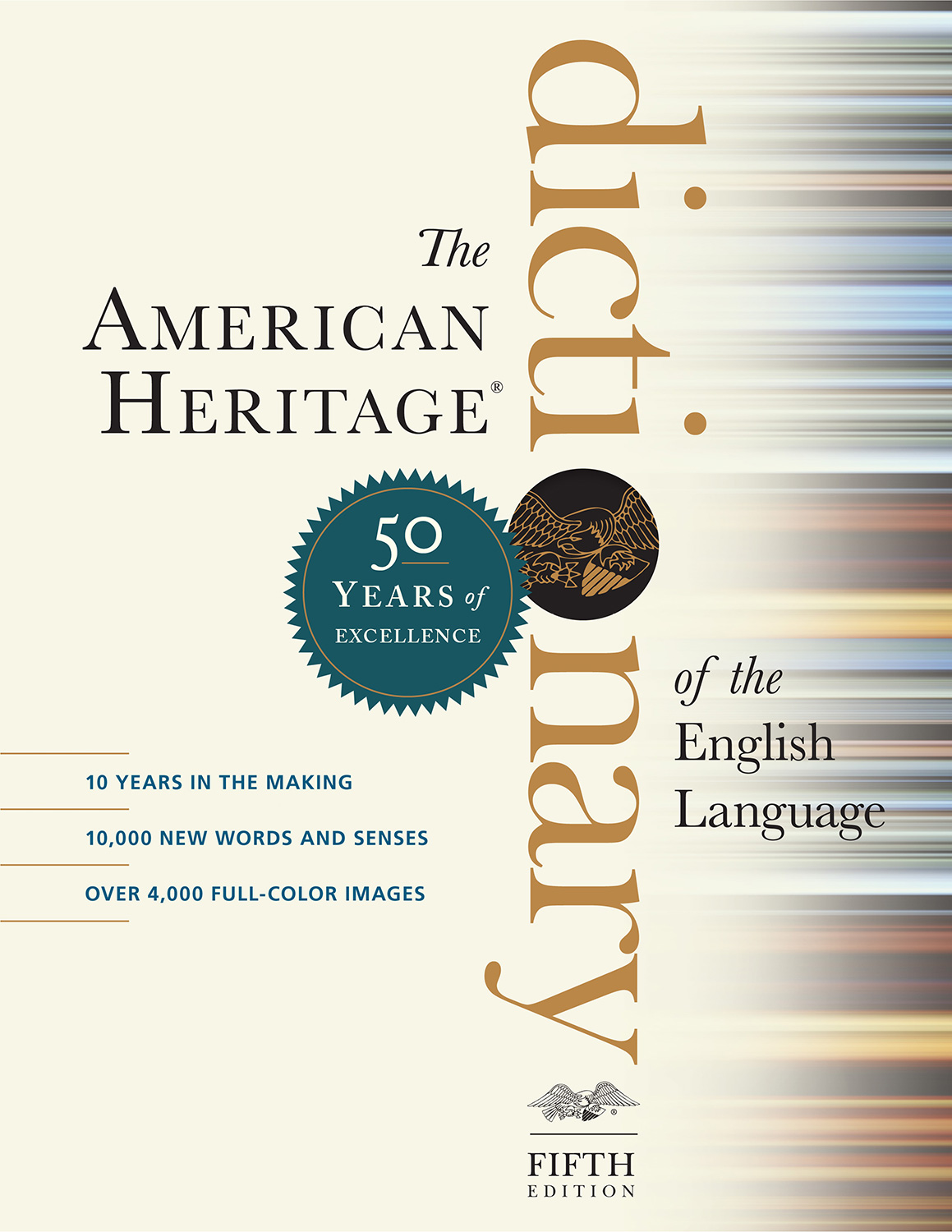| n. Mythology The Toltec and Aztec god of darkness and discord, sometimes represented as a jaguar, who was worshiped as co-creator of the world along with his adversary Quetzalcoatl. [Nahuatl Tezcatlihpōca, probably meaning “mirror that emits fumes” : tezcatli, mirror (from teci, to grind; akin to tetl, stone, of Uto-Aztecan origin; compare Yaqui teta, stone) + -ih-, frequentative affix + pōc- as in pōctli, smoke, fog, mist, and popōca, to emit smoke (akin to Shoshone pakena-, fog; see POGONIP). Tezcatlipoca's name is connected to his frequent depiction in the human form with a smoking obsidian mirror, often in place of his right foot, which he lost in a battle with a primordial monster.] |
The American Heritage® Dictionary of the English Language, Fifth Edition copyright ©2022 by HarperCollins Publishers. All rights reserved.







